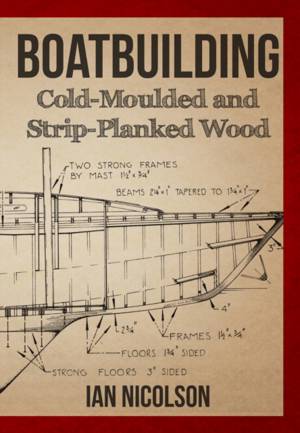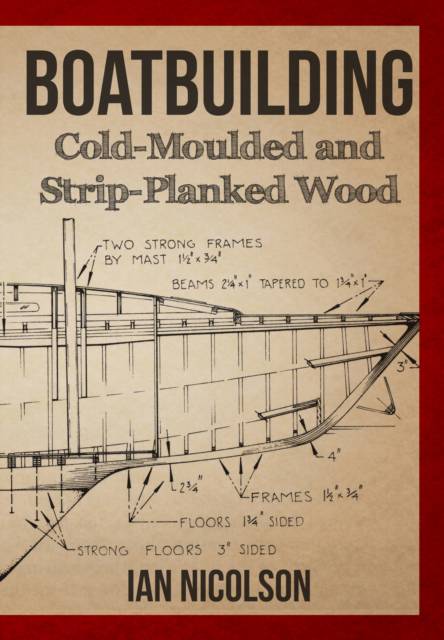
Je cadeautjes zeker op tijd in huis hebben voor de feestdagen? Kom langs in onze winkels en vind het perfecte geschenk!
- Afhalen na 1 uur in een winkel met voorraad
- Gratis thuislevering in België vanaf € 30
- Ruim aanbod met 7 miljoen producten
Je cadeautjes zeker op tijd in huis hebben voor de feestdagen? Kom langs in onze winkels en vind het perfecte geschenk!
- Afhalen na 1 uur in een winkel met voorraad
- Gratis thuislevering in België vanaf € 30
- Ruim aanbod met 7 miljoen producten
Zoeken
€ 27,95
+ 55 punten
Omschrijving
Cold-moulded wood boatbuilding predates fibreglass and has been used successfully for sailing dinghies, offshore racing yachts, fast multihulls and powerboats, and even rowing shells. It involves bonding together layers of wood veneers or thin planks to make a strong, lightweight and watertight hull. Modern glues, particularly epoxy resins, gave cold-moulding a boost and improved both its strength for weight and longevity. Strip-planking is a related technique using narrow strips of wood, and it too has been improved by modern adhesives. The two forms of building can also be combined. Both of these techniques have been used in some excellent boats, by both professionals and amateurs. They are particularly suited to one-off or short series production, and allow the moulds to be dismantled and even modified for later use. Cost and time factors are attractive, and even for amateurs without a high degree of woodworking skill good results are quite feasible. This book is a practical guide to both methods, starting from the design requirements, necessary tools and working conditions, and choice of timber through step-by-step construction and repair. Ian Nicolson's many drawings illustrate the process and provide examples of a variety of successfully built boats.
Specificaties
Betrokkenen
- Auteur(s):
- Uitgeverij:
Inhoud
- Aantal bladzijden:
- 192
- Taal:
- Engels
Eigenschappen
- Productcode (EAN):
- 9781445651668
- Verschijningsdatum:
- 15/03/2016
- Uitvoering:
- Paperback
- Formaat:
- Trade paperback (VS)
- Afmetingen:
- 163 mm x 234 mm
- Gewicht:
- 453 g

Alleen bij Standaard Boekhandel
+ 55 punten op je klantenkaart van Standaard Boekhandel
Beoordelingen
We publiceren alleen reviews die voldoen aan de voorwaarden voor reviews. Bekijk onze voorwaarden voor reviews.









